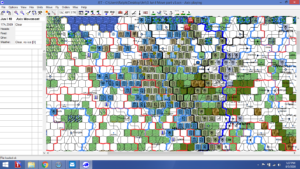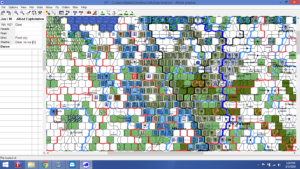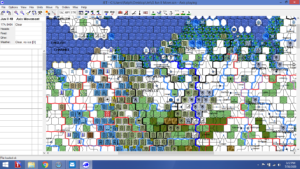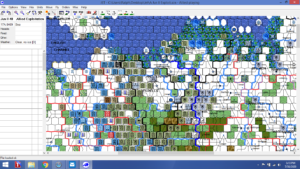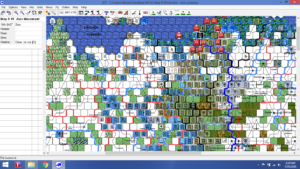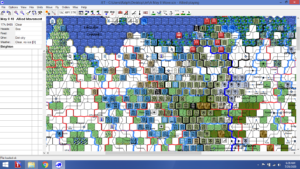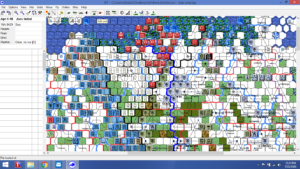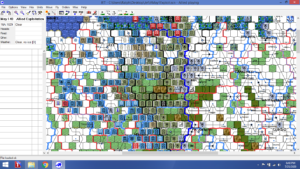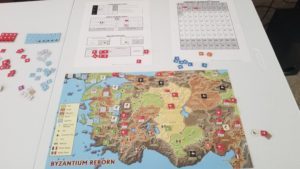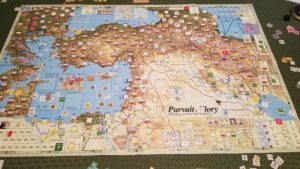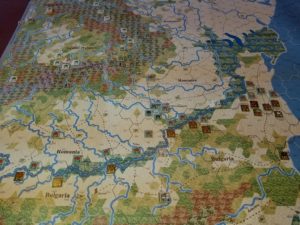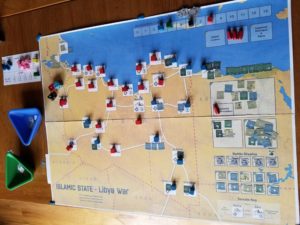The post’s title evokes images of a Hallmark special movie.
Not really. This return was a slasher movie bloodbath, attributable for the most part to my ham fisted re-entry into the Great Battles of the American Civil War (GBACW) system.
This is/was my first home board game after the re-organization and re-direction of collection. The upshot of all that summertime thrashing was to establish a focus on several series of games, rather than any number of one-offs. The emphasis now is on play, not reading a new set of rules, stumbling through a couple of plays, and then moving on to something else. Sure, there are several magazine and specific games that I want to and will play, but this new emphasis increases time spent moving counters.
These GBACW games are part of the first series as published by SPI and others, before the revamping rolled out by GMT. The new rules seemed far more involved, without a commensurate increase in enjoyment.
So, the decision was made to fill out my collection, and start in on the cycle, using the last iteration of the SPI rules but ignoring, for now, options and artillery overshoot (ugh). I relied not only on that set of rules, but also the wonderful GBACW resources developed and published by Russell Gifford over at Boardgamegeek.
Just like Hollywood, my sequel unfolded much like its predecessor. The Confederates used their cavalry to pin the Union 2nd Brigade, while their three infantry brigades with attached artillery attempted to skirt the Union positions either to flank them and attack, or exit the map. If successful, either of these approaches would result in a decisive Confederate victory.
This flanking maneuver soon became a fire fight that degenerated into a nobody is moving an inch brawl.
I enjoy the chaos of this game system. Probably the real Loki of the system is the Ammunition Depletion rule. If a firing unit roles a “1”, it must check for ammunition depletion. If that subsequent roll is a “1” or “2”, the unit cannot fire during either the defensive or offensive fire phase until resupplied. In Kernstown, the Confederates cannot be resupplied.
Here’s an example of the fun.
With four turns left, the Union has five units ready to vaporized Brigadier Fulkerson and the remnants of his brigade, and then fall on the exposed Confederate flank. What happened? Three of the five offensive fire rolls were “1”, with each of the succeeding rolls being either a “1” or “2”. No “Blammo!!!”***
Despite the general mutual slaughter, the Confederates were able to grab critical Victory Points (VIPs) through Federal sloppiness in dealing with exiting cavalry units, and the Union garnered VIPs by maintaining morale and holding their initial positions. The result was a draw.
I’m looking forward to playing Volume II, Pea Ridge!
*** The Word Tim B (Friend and Wargaming Opponent Extraordinaire) blurts out when an an enemy stack or unit is eliminated. Adorable.

